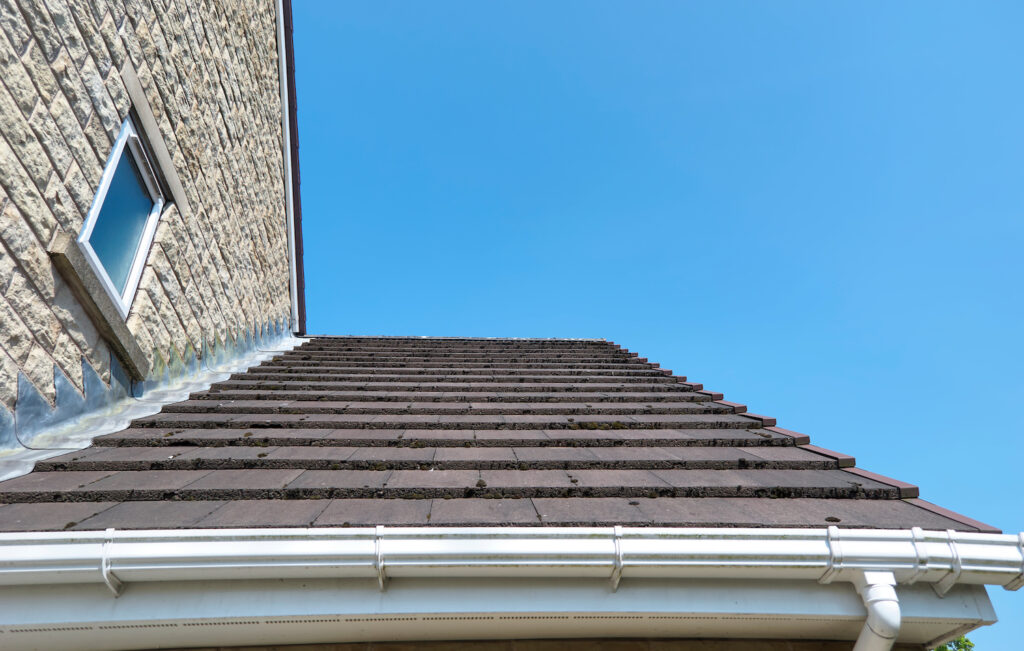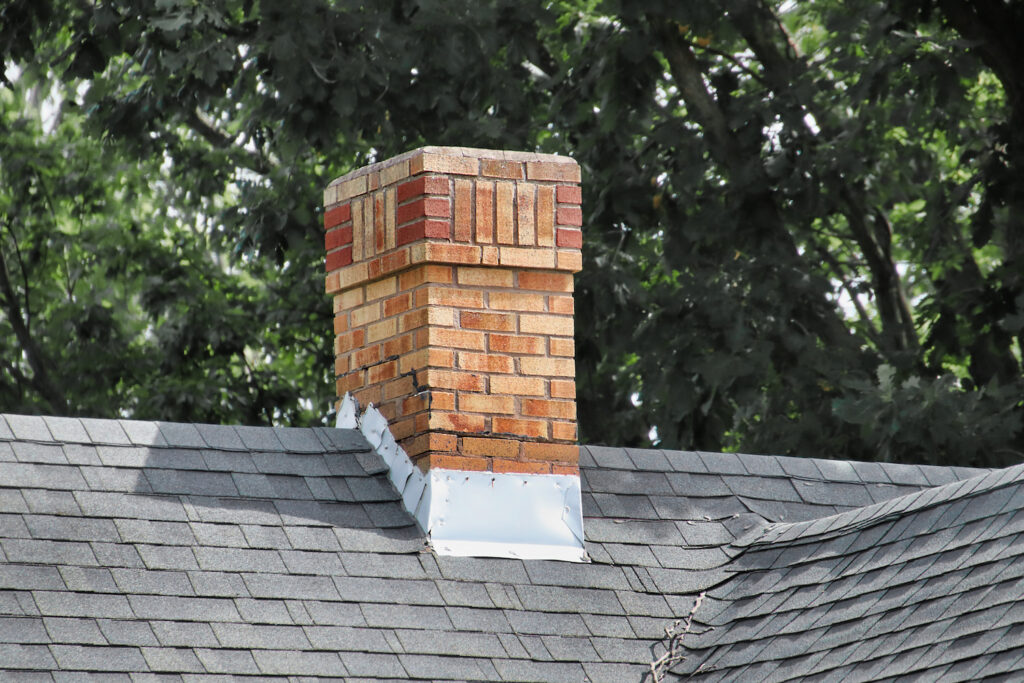Roof leaks are a homeowner’s nightmare, causing potential damage to your property and leading to costly repairs. One of the most crucial elements in preventing roof leaks is proper roof flashing. In this blog post, we’ll explore the different types of roof flashing and how they protect your home from leaks. Whether you’re a DIY enthusiast or planning to hire professionals, understanding roof flashing types is essential for maintaining your home’s integrity.
- What is roof flashing?
- Importance of roof flashing
- 10 Types of roof flashing
- How to choose the right roof flashing for your home
- Common mistakes to avoid with roof flashing
🤔 What is Roof Flashing?
Roof flashing is a thin material, usually made of metal, that’s installed around joints and edges on a roof to prevent water from seeping into your home. It acts as a barrier, directing water away from critical areas such as chimneys, vents, and skylights, helping to prevent leaks and prolong the life of your roof.
Key points about roof flashing:
- Typically made from materials like aluminum, copper, or galvanized steel.
- Each material has its pros and cons, but all serve the same primary purpose—to keep your home dry and leak-free.
- Proper installation is essential for effectiveness; incorrect installation can lead to leaks, rot, and other serious issues.
Therefore, it’s crucial to either be confident in your DIY skills or hire professionals for the job.
❗️ Importance of Roof Flashing
Roof flashing is essential for maintaining the structural integrity of your home. Without proper flashing, water can infiltrate the roof structure, leading to issues like rot, mold, and even serious structural damage.
One of the primary benefits of roof flashing is its ability to protect against water damage. Flashing effectively directs water away from vulnerable areas of your roof, preventing leaks and minimizing the risk of water-related issues.
Properly installed flashing contributes to the longevity of your roof. By preventing problems that could result in premature roof failure, flashing helps extend the life of your roofing system.
Roof flashing also plays a significant role in energy efficiency. By preventing leaks, it helps maintain the energy efficiency of your home, reducing unwanted drafts and temperature fluctuations.
Investing in quality flashing can lead to considerable cost savings over time. By preventing costly repairs associated with water damage, quality flashing proves to be a wise investment for homeowners.
👉 10 Types of Roof Flashing
There are several types of roof flashing, each serving a specific purpose. Understanding these types will help you determine the best option for your home and ensure your roof remains leak-free.
1. Step Flashing
Step flashing is commonly used around chimneys and walls. It’s installed in layers, with each piece overlapping the one below, creating a stair-step pattern. This method effectively directs water away from the joint and onto the roof surface.
- Installation: Step flashing is installed alongside shingles, with each piece bent at a 90-degree angle to fit against the roof and wall.
- Materials: Typically made from aluminum or galvanized steel for durability.
- Advantages: Highly effective at diverting water and reducing the risk of leaks around walls and chimneys.

2. Valley Flashing
Valley flashing is used in the valleys of a roof where two slopes meet. This area is particularly prone to water accumulation, making proper flashing essential.
- Installation: Valley flashing is placed under the shingles in the valley, creating a waterproof barrier.
- Materials: Often made from aluminum or copper for long-lasting protection.
- Advantages: Prevents water from pooling in the valleys and causing leaks.
3. Drip Edge Flashing
Drip edge flashing is installed along the edges of the roof to direct water away from the fascia and into the gutters.
- Installation: Placed under the roofing material at the roof’s edge.
- Materials: Commonly made from aluminum or galvanized steel.
- Advantages: Protects the roof deck and fascia from water damage and prevents water from seeping under the roofing material.
4. Counter Flashing
Counter flashing is used in conjunction with other flashing types to provide an additional layer of protection. It’s often installed over base flashing to ensure complete coverage.
- Installation: Installed over the top of base flashing, typically around chimneys and walls.
- Materials: Made from durable metals like copper or aluminum.
- Advantages: Provides extra protection against water infiltration, ensuring a watertight seal.
5. Base Flashing
Base flashing is used at the base of chimneys and walls to prevent water from seeping into the roof structure.
- Installation: Installed at the base of vertical surfaces, with step flashing or counter flashing placed over it.
- Materials: Made from materials like aluminum or galvanized steel.
- Advantages: Provides a solid waterproof barrier at the base of chimneys and walls.
6. Skylight Flashing
Skylight flashing is specifically designed for skylights, ensuring a watertight seal around the edges.
- Installation: Installed around the perimeter of the skylight, often in combination with step flashing.
- Materials: Typically made from aluminum or copper.
- Advantages: Prevents leaks around skylights, protecting your home from water damage.
7. Kickout Flashing
Kickout flashing is used to direct water away from the intersection of the roof and wall, preventing water from running down the wall and causing damage.
- Installation: Installed where the roof meets the wall, with a slight angle to direct water away.
- Materials: Often made from aluminum or galvanized steel.
- Advantages: Protects the exterior walls from water damage and staining.
8. Continuous Flashing
Also known as apron flashing, continuous flashing is used where the roof meets a vertical wall. It provides a continuous barrier against water infiltration.
- Installation: Installed in a continuous strip along the roof-wall intersection.
- Materials: Made from durable metals like aluminum or copper.
- Advantages: Provides a seamless barrier, preventing water from seeping into the roof structure.
9. Cap Flashing
Cap flashing is used to cover the tops of walls and chimneys, providing protection against water infiltration.
- Installation: Installed over the top of walls and chimneys, often in combination with other flashing types.
- Materials: Typically made from aluminum or galvanized steel.
- Advantages: Provides additional protection against water infiltration, ensuring a watertight seal.
10. Chimney Flashing
Chimney flashing is a combination of several types of flashing, including step flashing, counter flashing, and base flashing, to provide comprehensive protection around chimneys.
- Installation: Installed around the chimney in multiple layers, with each type of flashing serving a specific purpose.
- Materials: Made from durable metals like aluminum or copper.
- Advantages: Provides complete protection against water infiltration around chimneys, preventing leaks and water damage.
💡 How to Choose the Right Roof Flashing for Your Home
Choosing the right roof flashing for your home involves considering several important factors, such as the type of roof, the climate, and the specific areas that require protection.
It is essential to consider the type of roof you have. Different roof styles demand different flashing solutions; for instance, flat roofs often require different flashing materials compared to pitched roofs.
Evaluating the climate in your region is crucial. In areas that experience heavy rainfall or snowfall, opting for more durable materials like copper or galvanized steel may be necessary to ensure long-lasting protection.
Identifying vulnerable areas around your home is important. Areas such as chimneys, skylights, and roof valleys are particularly prone to leaks and should be given extra attention.
To make the best choice for your specific needs, it is advisable to consult with a professional roofing contractor who can provide expert guidance.
Common Mistakes to Avoid with Roof Flashing
Even the best roof flashing can fail if not installed correctly. Here are some common mistakes to avoid:
- Improper Installation: Incorrectly installed flashing can lead to leaks. Ensure flashing is installed according to manufacturer guidelines or hire a professional.
- Using the Wrong Materials: Using subpar or incompatible materials can compromise the effectiveness of the flashing. Always use high-quality materials suited for your roof type.
- Neglecting Regular Maintenance: Regular inspections and maintenance are crucial for ensuring the longevity of your roof flashing. Check for signs of wear and tear and address any issues promptly.
🙌 Protect Your Home with Expert Roofing Services
Understanding the various types of roof flashing is essential for maintaining the integrity of your roofing system and preventing costly water damage. At Lions Siding and Roofing Experts, our team of highly skilled professionals is dedicated to providing top-quality installation and maintenance services tailored to your specific roofing needs. We prioritize the use of durable materials and industry best practices to ensure your roof remains watertight. Trust us to safeguard your home with our expertise and commitment to excellence. Contact us today for a free consultation and let us help you protect your most valuable investment!

